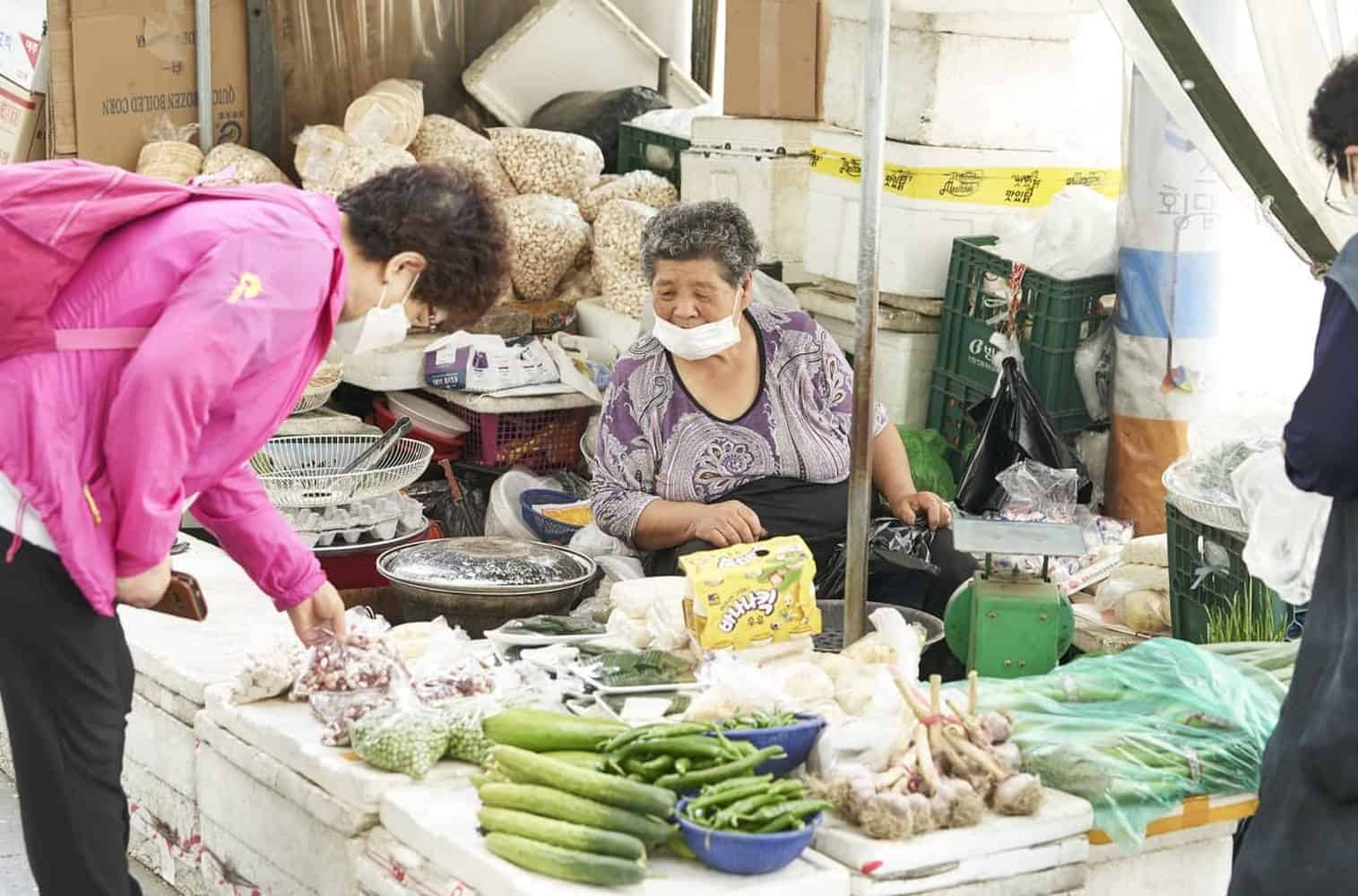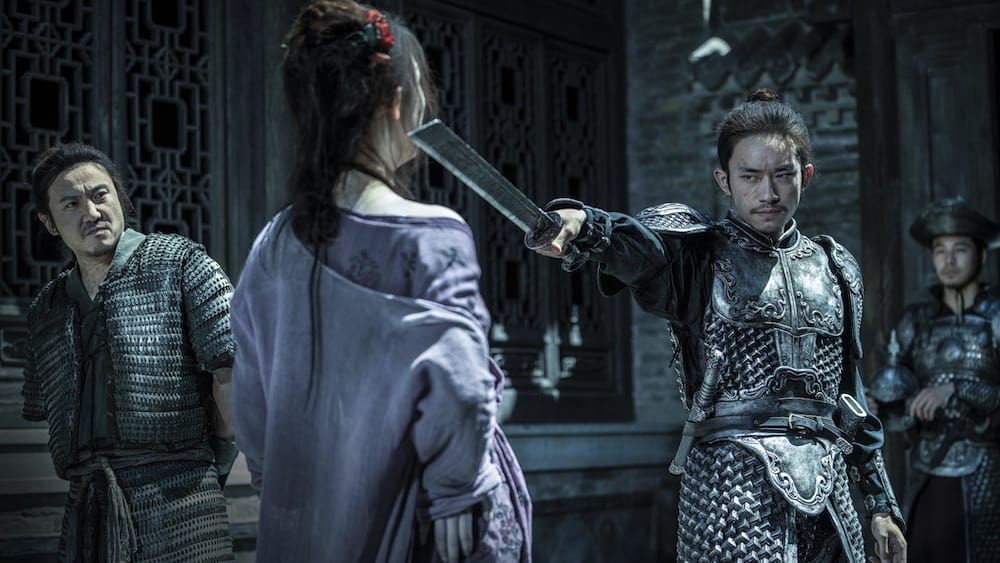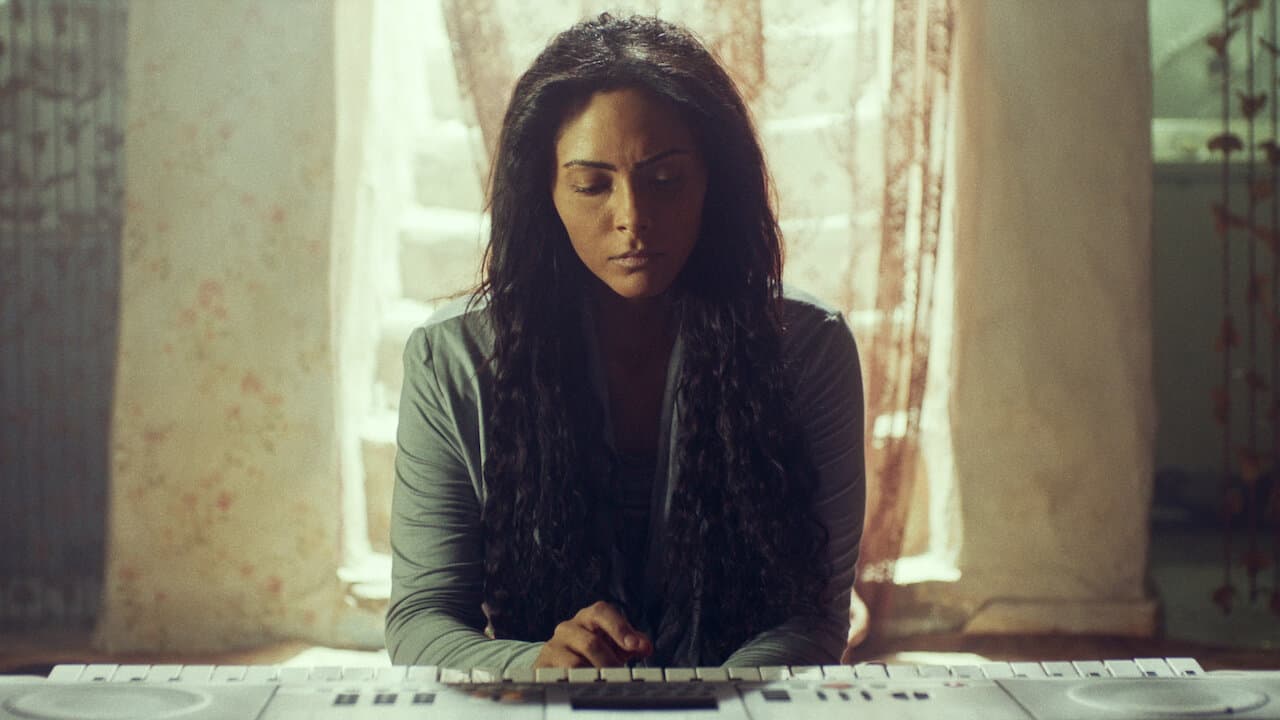In his debut film “Which Colour?” director Shahrukhkhan Chavada is juggling perspectives of various characters, thus painting a polyphonic portrait of a Gujarat-based ghettoised Muslim community. Thanks to his eye for detail, Chavada finds in the formally rigorous approach an angle to tell a politically loaded story without sensationalism. Rather, by following several characters stemming from two generations, “Which Colour?” captures the social and economic nuances that both divide and connect the film's community.
Which Colour is screening at Five Flavours

Told over the course of 24 hours in Kalupur, Ahmadebad, “Which Colour?” follows Raziya (Samina Shaikh), as she does her best at caring for the other inhabitants of her house. Among them is, initially comical and naïve, but ultimately tragic, husband Razzak (Imtiyaz Shaikh). He has been unemployed for over a month now, and rather than focusing on getting a new job, he fantasizes about a rickshaw which could grant him financial independence. When an opportunity for the dream vehicle presents itself, Razzak is sent on a mission to procure the necessary funds for advance payment. The required sum of 15,000 rupees turns out to be astronomically huge for the protagonist.
In a vein akin to classic neorealist cinema, Razzak's one-day struggle encapsulates his entire life's challenges. Through his encounters with possible moneylenders, the viewer slowly begins to piece together the precarious economic landscape of the community. The focus on mundanity, inspired by director's fascination with Abbas Kiarostami's and Lav Diaz's filmographies, further reinforces this storytelling strategy. Thanks to the repeated gestures and daily routines, the viewer fully begins to understand the film's characters.
While there is a lot of movement and interactions with other characters in Razzak's subplot, Raziya's life is mostly contained within the walls of their domicile. This patriarchal divide is not only partitioned through the stories themselves, but also via the visual language Chavada (also editor and cinematographer on the project) decides to employ. While the domestic scenes are filled with frame-within-a-frame stillness and claustrophobia, documentary-like sequences shot in Kalupur's streets have a different, improvisational energy. The shaky handheld camera of male characters' strands of the story promises opportunity and motion, while Raziya's and her daughter Ruba's (Yushra Shaikh) world is a far more restrained reality. Painstakingly composed frames invite studious analysis, with their large depth of field and unusual angles. It is through the imaginative formal approach that Chavada acutely displays the ways in which spaces affect the lived experience of his film's characters. While the stories of each of “Which Colour's?” four protagonists are simple and often slightly lacking in nuance, the key to their understanding lies in the way in which Chavada depicts them visually.
After its world premiere at 2023's Rotterdam Film Festival, “Which Colour?” was praised by Sight&Sound's reviewer for its approach to the depiction of Muslim community, unique for contemporary Indian cinema. Whilst the film deliberately keeps the politics in the background, larger ideological forces definitely formulate the backbone of the conflicts within the narrative. In brief remarks and callbacks to the history, the characters link their lives to systemic disparities.
“Which Colour?” feels the weakest at those points where Chavada decides to use descriptive dialogues between the characters to drive home ideas which are more than apparent just through the ways in which he shoots particular scenes. In his debut slice-of-life cinema Chavada departs from the more stereotypical, loud imagery, and looks at a marginalized community from a unique, observational perspective.















